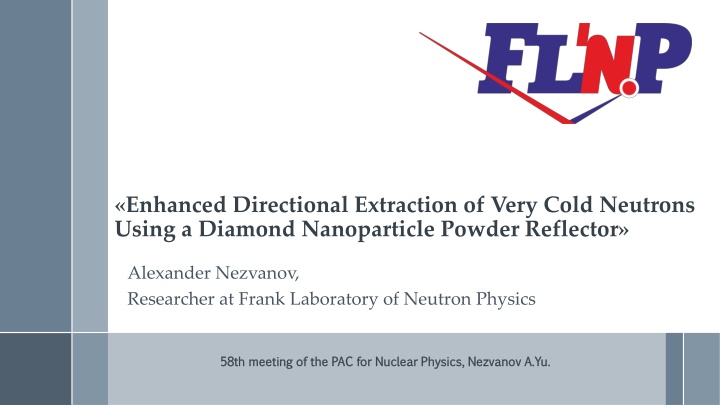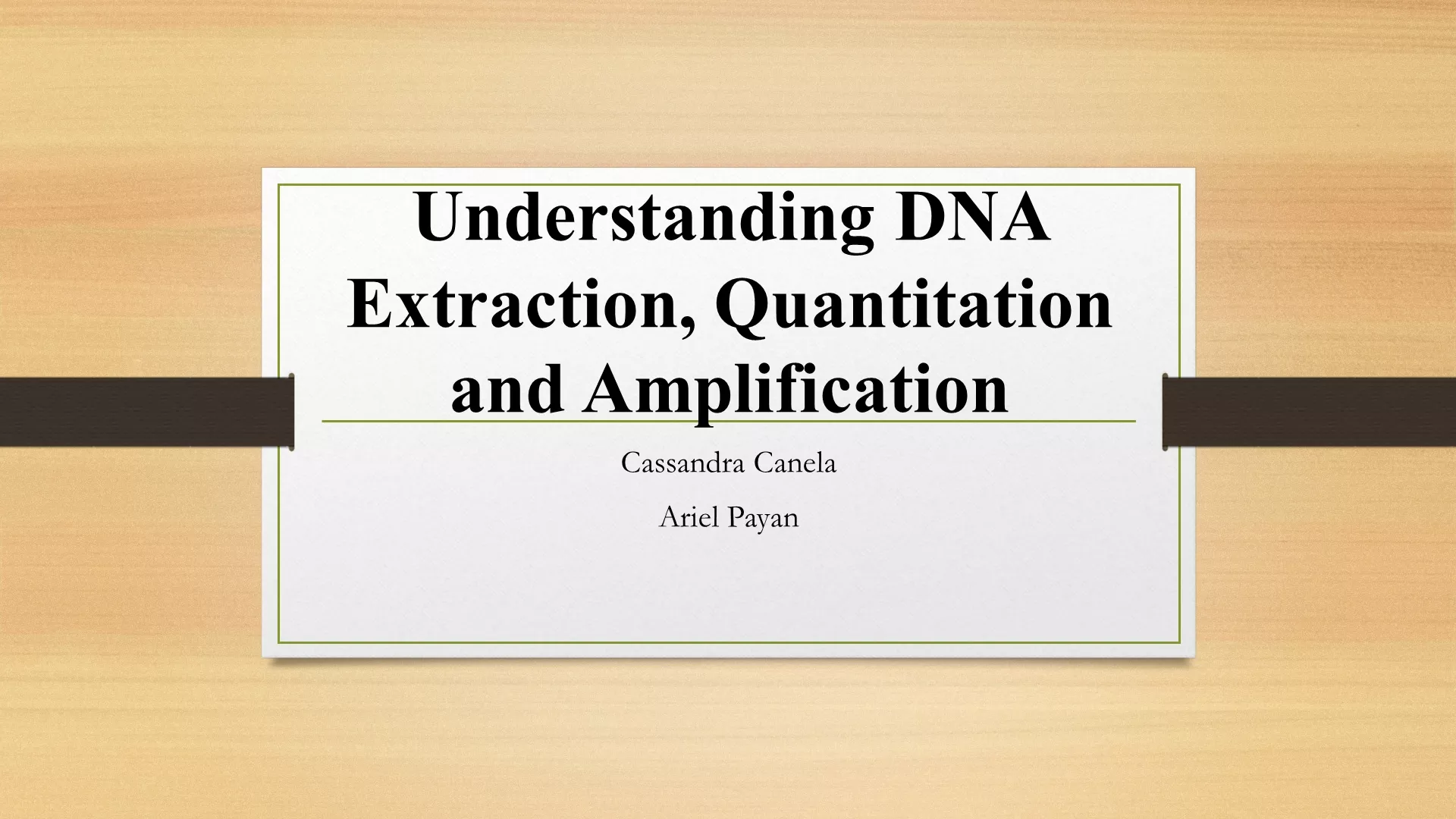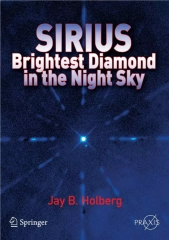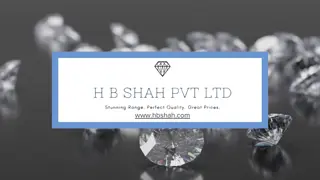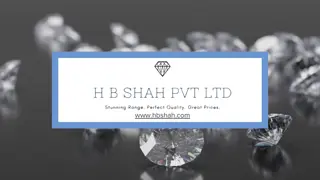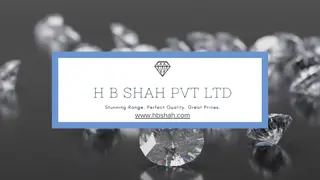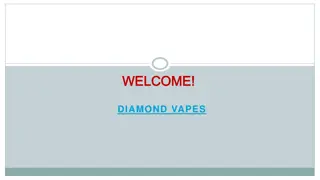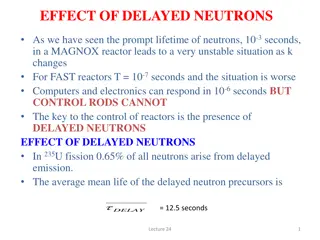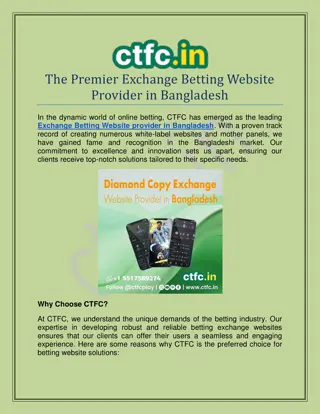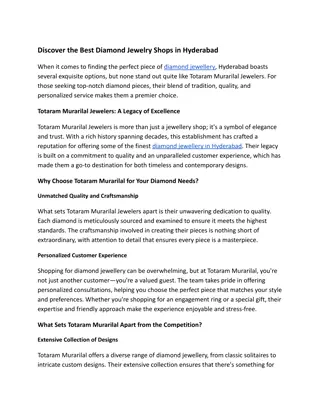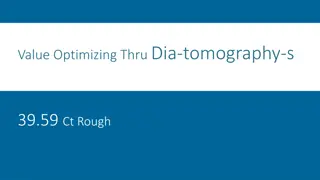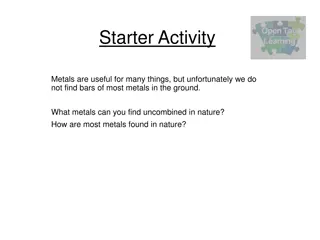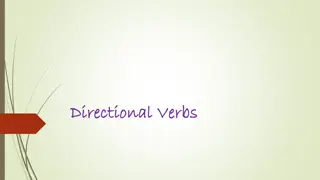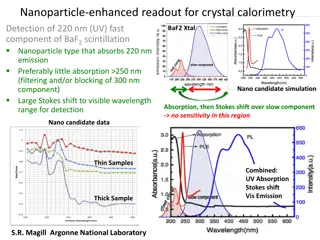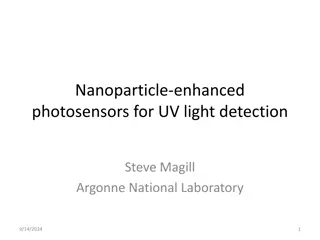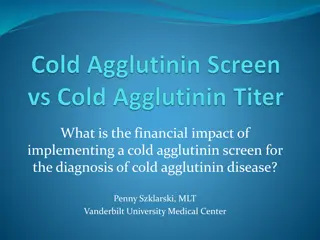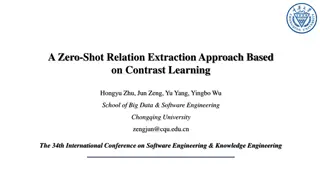Enhanced Directional Extraction of Very Cold Neutrons Using Diamond Nanoparticle Reflector
Alexander Nezvanov, a researcher at Frank Laboratory of Neutron Physics, presented a study on enhanced directional extraction of very cold neutrons using a diamond nanoparticle powder reflector. Very cold neutrons (VCN) have unique properties making them ideal for various applications in neutron techniques and fundamental physics. The study highlights the advantages of VCN, the criteria for selecting VCN reflectors, and an experimental extraction system for VCN. The use of detonation nanodiamonds as reflectors shows promise in maximizing reflection efficiency. The research aims to improve neutron technology and explore new scientific frontiers.
Download Presentation

Please find below an Image/Link to download the presentation.
The content on the website is provided AS IS for your information and personal use only. It may not be sold, licensed, or shared on other websites without obtaining consent from the author.If you encounter any issues during the download, it is possible that the publisher has removed the file from their server.
You are allowed to download the files provided on this website for personal or commercial use, subject to the condition that they are used lawfully. All files are the property of their respective owners.
The content on the website is provided AS IS for your information and personal use only. It may not be sold, licensed, or shared on other websites without obtaining consent from the author.
E N D
Presentation Transcript
Enhanced Directional Extraction of Very Cold Neutrons Using a Diamond Nanoparticle Powder Reflector Alexander Nezvanov, Researcher at Frank Laboratory of Neutron Physics 58th meeting of the PAC for Nuclear Physics, Nezvanov A.Yu. 58th meeting of the PAC for Nuclear Physics, Nezvanov A.Yu.
Very Cold Neutrons Cold Neutrons (500 m/s) Ultracold Neutrons (4 m/s) Very cold neutrons (VCN): the typical wavelengths are 2.5 60 nm; the velocities are 20 160 m/s; the energies are 0.25 130 eV; the temperatures are 3 10-3 1.55 K. The reflection probability for isotropic neutrons with different velocities. 29.01.2024 58th meeting of the PAC for Nuclear Physics, Nezvanov A.Yu. 2 / 10
VCN Applications The VCN advantages are: long time of observation; large angles of reflections from mirrors; larger phase shift and as result more sensitive to contrast variation; large coherent length; large capture cross-section and big contrast at transmission; structure analysis of large molecular complexes; etc. Neutron techniques: SANS; spin-echo; TOF spectroscopy, in particular, high-resolution inelastic scattering; reflectometry, diffraction, microscopy, holography, tomography, etc. Fundamental Physics: a search of extra-short- range interactions at neutron scattering; experiments with neutrons in a whispering gallery; beam experiment to measure of the neutron decay, etc. The main disadvantage is a low flux intensity! 29.01.2024 58th meeting of the PAC for Nuclear Physics, Nezvanov A.Yu. 3 / 10
VCN Reflector Criteria for the VCN reflector are minimum losses and maximum reflection. Detonation nanodiamonds (DND) are the ideal candidate! ???: ???? 0.27? ???? ????? 0.7 4.3 ??, ? 26,160 or ? 25,150 ?/? Positive Factors: size distribution; ??.??. = 6.65 ??; ??.??. = 5.55 ?; ???? = 3.5 ??; ???.??. 0 ? 0 ; ???????? 3.5 ?/??3. Negative Factors: ~10 at. % of hydrogen, ???? = 0.33 ?; ???.??. = 108 2 ?; Implemented solutions: the fluorination of DND ?/? = 7.4 0.2 (before) ?/? = 430 30 (after) ? ? ? ? ? ? The possible scheme of the VCN source. ???? ~ 95% 29.01.2024 58th meeting of the PAC for Nuclear Physics, Nezvanov A.Yu. 4 / 10
Experimental Extraction System for Very Cold Neutrons Schematic layout of the experimental setup. 1 - a cylindrical tube made of reflector; 2 - a reflector in the disk shape; 2 - the disk position when measuring the incident beam flux; 3 - a rotating velocity selector with screw slits; 4 - a position-sensitive detector (PSD) for measuring the flux of escaping neutrons; 4 - the PSD position when measuring the incident beam flux; 4 - the PSD position when measuring the angular distribution of escaping neutrons; 5 - a Cd-diaphragm; 6 - an evacuated volume. Photos of an evacuated volume of the reflector (on left) and the installation setup (on right). 29.01.2024 58th meeting of the PAC for Nuclear Physics, Nezvanov A.Yu. 5 / 10
Experimental Results 26 cm 1 72 cm 3 3 cm 30.3 cm The radial dependence of the specific probability of VCN detection. Experiments: 57 m/s, 75 m/s. 2 3 cm Right axis and solid line indicate the specific probability of VCN detection calculated for the homogeneous isotropic source. Vertical dashed line stands for the reflector cavity and the Cd diaphragm radii. The insert shows a map of the PSD counts by pixels for ~75 m/s. Geometry for calculating an isotropic VCN source: 1 a position-sensitive detector (PSD) ; 2 the isotropic source of VCN; 3 Cd-diaphragm. 29.01.2024 58th meeting of the PAC for Nuclear Physics, Nezvanov A.Yu. 6 / 10
Experimental Results 1 26 cm 3 3 cm 30.3 cm 34 cm 2 3 cm Geometry for calculating an isotropic VCN source: 1 a position-sensitive detector (PSD) ; 2 the isotropic source of VCN; 3 Cd-diaphragm. Left axis: the probability of VCN extraction from the reflector. Right axis: the corresponding gain factor G. 29.01.2024 58th meeting of the PAC for Nuclear Physics, Nezvanov A.Yu. 7 / 10
Simulation of the Experiment The probability for neutron to escape the reflector through the open end. The radial dependence of the specific probability of very cold neutron detection. Average error for the point is 11.9 1.4 %. The model gives us the opportunity to calculate the reflection coefficient (albedo), as well as the efficiency of the full-scale reflector. 29.01.2024 58th meeting of the PAC for Nuclear Physics, Nezvanov A.Yu. 8 / 10
Using the Model for Calculation of Unknown Parameters Neutron albedo for the semi-infinite flat layer of fluorinated nanodiamonds. The exit probability for diamond walls instead of the Mg ones. 29.01.2024 58th meeting of the PAC for Nuclear Physics, Nezvanov A.Yu. 9 / 10
Conclusions 1. The directional nanodiamond reflector was conducted. first experiment extraction demonstrating of very the neutrons possibility of a cold using 2. The existing model was verified via the simulation of the experiment. 3. Simulation of the experiment expands the possibilities for the analysis and interpretation of experimental data. 4. The obtained results could be used for the development of the ultracold and very cold neutron source in Dubna. 29.01.2024 58th meeting of the PAC for Nuclear Physics, Nezvanov A.Yu. 10 / 10
Thank you all for your kind attention! Alexander NEZVANOV, Ph.D. nezvanov@jinr.ru Frank Laboratory of Neutron Physics Joint Institute for Nuclear Research, Dubna.
